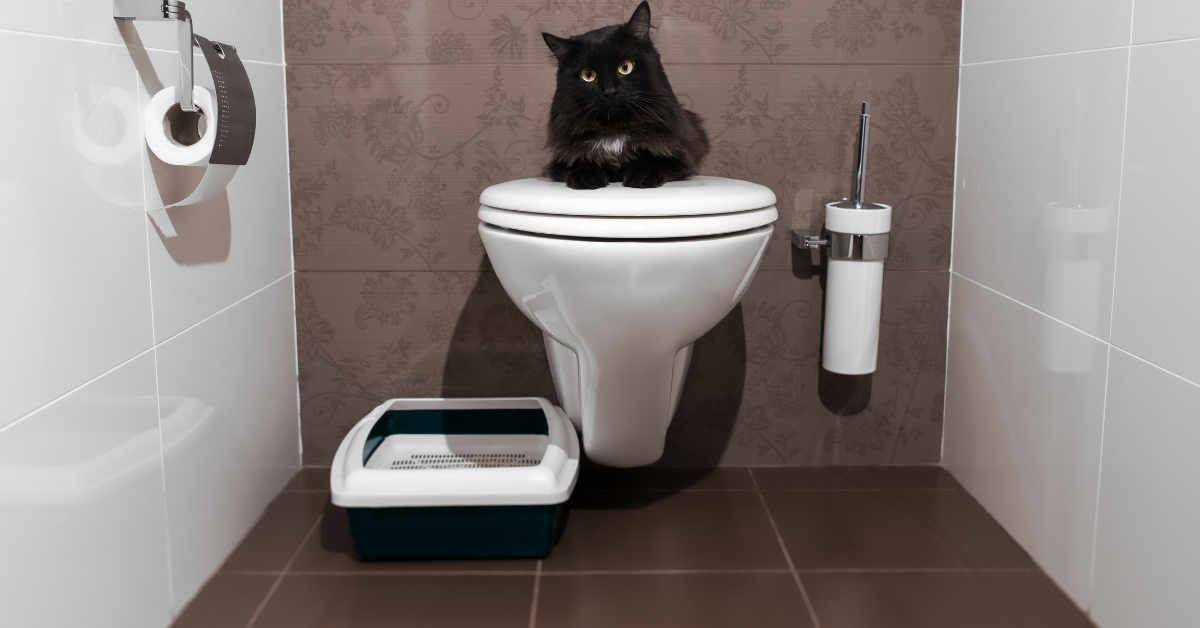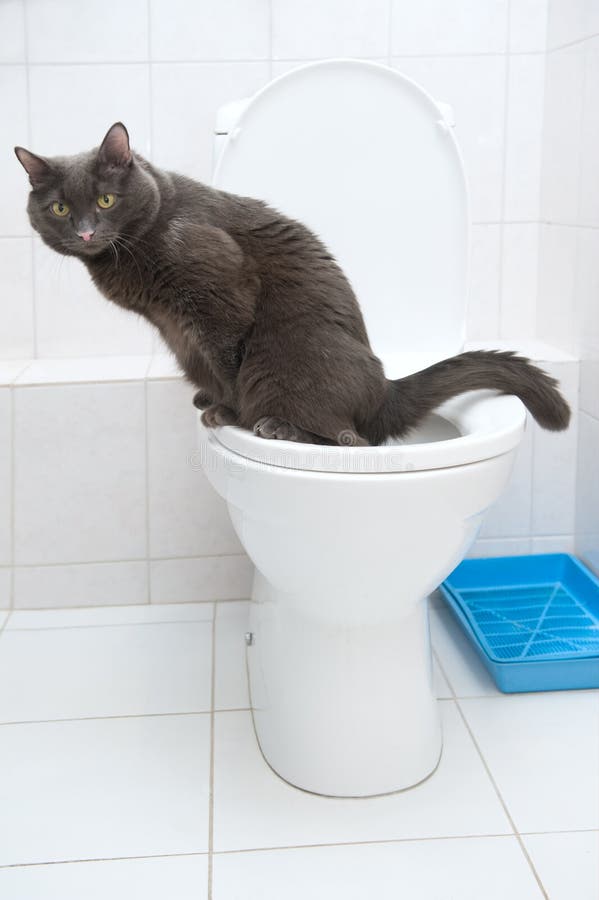Avoid Clogs and Damage: Don't Flush Cat Poop Down Your Toilet - Professional Recommendations
Avoid Clogs and Damage: Don't Flush Cat Poop Down Your Toilet - Professional Recommendations
Blog Article
The article which follows on the subject of Don’t flush cat feces down the toilet is really enlightening. You should take a look.

Introduction
As pet cat owners, it's vital to be mindful of just how we get rid of our feline friends' waste. While it may appear convenient to flush pet cat poop down the bathroom, this technique can have harmful effects for both the environment and human health and wellness.
Ecological Impact
Flushing cat poop presents hazardous virus and bloodsuckers into the water system, posing a considerable threat to aquatic environments. These contaminants can adversely impact marine life and concession water top quality.
Health Risks
In addition to ecological concerns, flushing feline waste can additionally pose health threats to humans. Feline feces might have Toxoplasma gondii, a parasite that can cause toxoplasmosis-- a potentially extreme ailment, particularly for expecting ladies and individuals with damaged body immune systems.
Alternatives to Flushing
Thankfully, there are safer and much more accountable methods to get rid of cat poop. Take into consideration the complying with alternatives:
1. Scoop and Dispose in Trash
The most typical technique of dealing with feline poop is to scoop it right into an eco-friendly bag and toss it in the garbage. Make certain to use a dedicated litter scoop and get rid of the waste immediately.
2. Usage Biodegradable Litter
Select naturally degradable feline trash made from materials such as corn or wheat. These trashes are eco-friendly and can be securely disposed of in the garbage.
3. Hide in the Yard
If you have a backyard, take into consideration hiding feline waste in an assigned area away from veggie gardens and water sources. Be sure to dig deep adequate to stop contamination of groundwater.
4. Mount a Pet Waste Disposal System
Purchase a family pet waste disposal system particularly developed for cat waste. These systems use enzymes to break down the waste, reducing odor and environmental impact.
Conclusion
Liable family pet ownership extends beyond giving food and sanctuary-- it likewise involves proper waste administration. By refraining from purging pet cat poop down the bathroom and choosing alternative disposal approaches, we can lessen our environmental impact and secure human health and wellness.
Why Can’t I Flush Cat Poop?
It Spreads a Parasite
Cats are frequently infected with a parasite called toxoplasma gondii. The parasite causes an infection called toxoplasmosis. It is usually harmless to cats. The parasite only uses cat poop as a host for its eggs. Otherwise, the cat’s immune system usually keeps the infection at low enough levels to maintain its own health. But it does not stop the develop of eggs. These eggs are tiny and surprisingly tough. They may survive for a year before they begin to grow. But that’s the problem.
Our wastewater system is not designed to deal with toxoplasmosis eggs. Instead, most eggs will flush from your toilet into sewers and wastewater management plants. After the sewage is treated for many other harmful things in it, it is typically released into local rivers, lakes, or oceans. Here, the toxoplasmosis eggs can find new hosts, including starfish, crabs, otters, and many other wildlife. For many, this is a significant risk to their health. Toxoplasmosis can also end up infecting water sources that are important for agriculture, which means our deer, pigs, and sheep can get infected too.
Is There Risk to Humans?
There can be a risk to human life from flushing cat poop down the toilet. If you do so, the parasites from your cat’s poop can end up in shellfish, game animals, or livestock. If this meat is then served raw or undercooked, the people who eat it can get sick.
In fact, according to the CDC, 40 million people in the United States are infected with toxoplasma gondii. They get it from exposure to infected seafood, or from some kind of cat poop contamination, like drinking from a stream that is contaminated or touching anything that has come into contact with cat poop. That includes just cleaning a cat litter box.
Most people who get infected with these parasites will not develop any symptoms. However, for pregnant women or for those with compromised immune systems, the parasite can cause severe health problems.
How to Handle Cat Poop
The best way to handle cat poop is actually to clean the box more often. The eggs that the parasite sheds will not become active until one to five days after the cat poops. That means that if you clean daily, you’re much less likely to come into direct contact with infectious eggs.
That said, always dispose of cat poop in the garbage and not down the toilet. Wash your hands before and after you clean the litter box, and bring the bag of poop right outside to your garbage bins.
https://trenchlesssolutionsusa.com/why-cant-i-flush-cat-poop/

As a serious reader about Don’t flush cat feces down the toilet, I figured sharing that excerpt was worth the trouble. Kindly set aside a second to share this entry if you liked it. I am grateful for your time. Please pay a visit to our website back soon.
Book Instantly Report this page